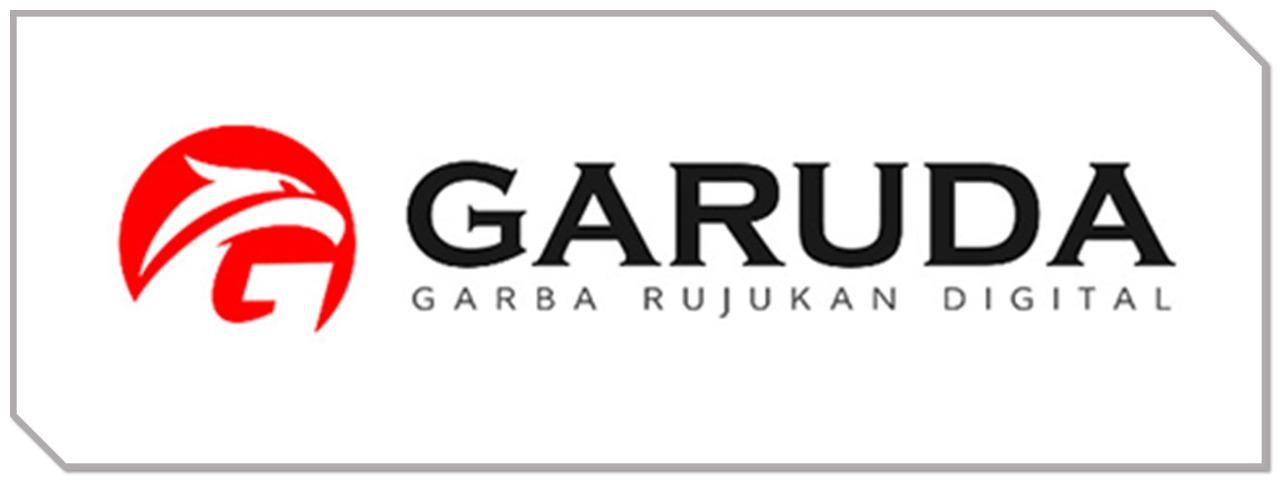Analisa Desain Rangka Alat Compact Heat Induction Press Menggunakan Metode Finite Element Analysis
DOI:
https://doi.org/10.30588/jeemm.v5i2.894Keywords:
Strength of Material, Finite Element Analysis, ManufacturingAbstract
In manufacturing technology, accuracy, effectiveness, and efficiency are important factors because the use of technology is expected to maximize quality and quantity with existing resources. The manufacturing process is the process of making products starting with the selection of raw materials and the machining process following the design to suit the needs. In other words, design is the main thing before carrying out manufacturing activities. Meanwhile, in designing a machine, it is necessary to have a material selection procedure according to the application conditions. The strength of the material can be obtained by simulating it using the Finite Element Analysis (FEA) method. This simulation aims to determine the maximum safe load limit on the tool frame design. In this study, the design of the tool frame made was given 5 loading treatments, the minimum loading was 50kg and the maximum loading was 200kg. Based on the simulation results, the maximum safety factor occurs at 50 kg loading of 10,019 ul and the minimum safety factor occurs at 200 kg loading with a value of 3.60064 ul. Based on the analysis of the load given to the frame of the compact press and sintering tool that the designed tool is safe.
References
Hardiputra, F., Djafar, A., & Sulistijono, S. (2018). Perancangan as roda troli pemanjat tangga berdasarkan analisis tegangan dan faktor keamanan. Prosiding Snitt Poltekba, 3(1), 312-316.
Lestari, E. P., & Isnina, W. S. U. (2017). Analisis Kinerja Industri Manufaktur Di Indonesia. Jurnal Riset Ekonomi dan Manajemen, 17(1), 183-198.
Maulana, I. T. (2020). Perancangan Alat Bantu Pemanfaatan Gas Buang dari Proses Melting Recycle untuk Memanaskan Chips sebelum Masuk Melting Furnace. Jurnal Teknik Mesin ITI, 4(2), 63-72.
Rahmi, M., Canra, D., & Suliono, S. (2018). Analisis Kekuatan Ball Valve Akibat Tekanan Fluida Menggunakan Finite Element Analysis. JTT (Jurnal Teknologi Terapan), 4(2), 79-84.
Sarifudin M., & Widyastuti, (2014). The effect of sintering temperature variations and sintering time on the density and the hardness of the mmc w-cu through powder metalurgy process. J. Teknology Pomits, vol. 3, no. 1, pp. 44–49.
Sofyan, A., Glusevic, J., Zulfikar, A. J., & Umroh, B. (2019). Analisis Kekuatan Struktur Rangka Mesin Pengering Bawang Menggunakan Perangkat Lunak Ansys Apdl 15.0. Journal of mechanical engineering manufactures materials and energy, 3(1), 20-28.
Supriyanto, E. (2020). Manufaktur dalam dunia teknik industri. Jurnal Industri Elektro dan Penerbangan, 3(3).
Utomo, B. (2019). Perbaikan deformasi plat baja pada konstruksi block ss1a kapal cepat rudal 60m akibat proses assembly. Jurnal Proyek Teknik Sipil, 2(1), 31-36.
Wibawa, L. A. N. (2019). Desain dan Analisis Tegangan Alat Pengangkat Roket Kapasitas 10 Ton Menggunakan Metode Elemen Hingga. Jurnal Energi dan Teknologi Manufaktur (JETM), 2(01), 23-26.
Downloads
Published
How to Cite
Issue
Section
License
Authors who publish with Jurnal Engine: Energi, Manufaktur, dan Material agree to the following terms:
Authors retain copyright and grant the Jurnal Engine: Energi, Manufaktur, dan Material right of first publication with the work simultaneously licensed under a Creative Commons Attribution 4.0 International License that allows others to share (copy and redistribute the material in any medium or format) and adapt (remix, transform, and build upon the material) the work for any purpose, even commercially with an acknowledgment of the work's authorship and initial publication in Jurnal Engine: Energi, Manufaktur, dan Material. Authors are able to enter into separate, additional contractual arrangements for the non-exclusive distribution of the journal's published version of the work (e.g., post it to an institutional repository or publish it in a book), with an acknowledgment of its initial publication in Jurnal Engine: Energi, Manufaktur, dan Material. Authors are permitted and encouraged to post their work online (e.g., in institutional repositories or on their website) prior to and during the submission process, as it can lead to productive exchanges, as well as earlier and greater citation of published work (See The Effect of Open Access).


















